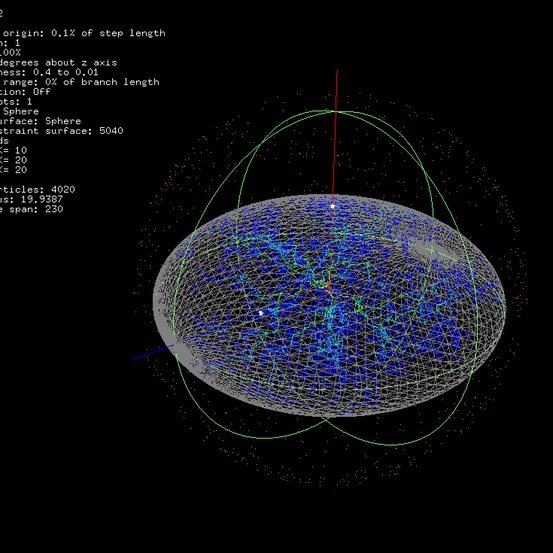JULIE SHURTZ MUYLDERMANS
The idea for a photovoltaic cloud came into my mind when I was building a pool and needed a sort of "lanai" for shade from the sun, yet the spot was over an existing agricultural septic system of trenches where nothing could be built. At the same time I wanted to add solar panels to the existing architecture, which was already energy efficient, to become entirely energy dependent. My husband suggested, "Why don't you float something above the earth?"
The idea took form in my mind merging several desires : a passive solar house, design by algorithm, a lightweight structure, and what I began to realize, could be an analog for building on Mars. I couldn't think of anything more exciting than for an architect than building on another celestial body! To a lightweight structure I would add transparent photovoltaic panels with dichroic film panels and suspend it over the pool so it would shimmer and refract with the sunlight and the water. Rather than translating a light structural technology into another standard building material I could 3D print it directly.
I visited the office of Ubiquitous Energy in Redwood City, California where transparent photovoltaic panels are made. I contacted Prof. Paul Bourke in Australia to receive his diffusion limited aggregation algorithm. Finally I contacted Colin Blain of 3D Systems in England, whose parent company invented 3D printing. He referred the project to their Research and Development Lab in Berkeley, California. In October 2018 I picked up this fine model work done by Kevin Hsu and supervised by director Patrick Dunne, (a proponent of contemporary architecture).
The model was a way to start to think about a repeating structure for economy of production since 3D printing at an architectural scale.







